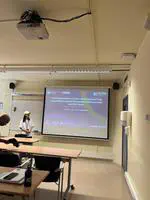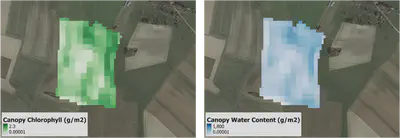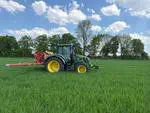Latest News
Our recent publication Gackstetter, Yu, Körner 2026 ISPRS addresses the critical challenge of improving satellite image classification when target labels are scarce, a common issue in remote sensing. We focus on developing effective methods for unsupervised domain adaptation (UDA), specifically through our proposed model, RAINCOAT-SRS, which builds upon existing UDA techniques tailored for satellite image time series (SITS). This work connects with our previous work while enhancing classification accuracy by employing self-attention mechanisms and frequency-augmented features. By comparing RAINCOAT-SRS with other leading algorithms like TimeMatch, we discovered that our model outperforms standard methods. This work emphasizes the importance of domain stability and structural patterns rather than merely linear shifts between domains, contributing significant insights into UDA effectiveness. Our findings provide a novel framework for tackling the complexities of SITS classification, promoting more effective cross-regional and multi-temporal analyses.








